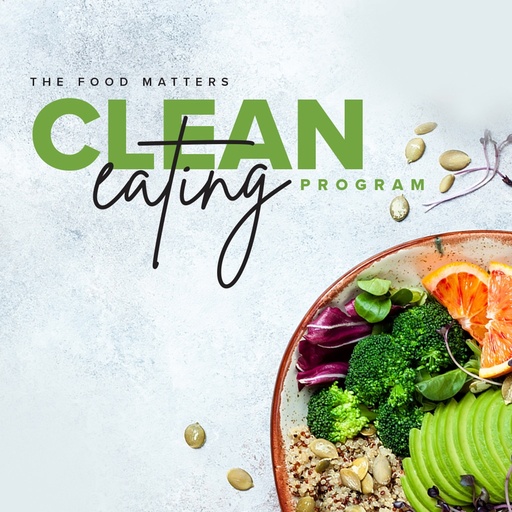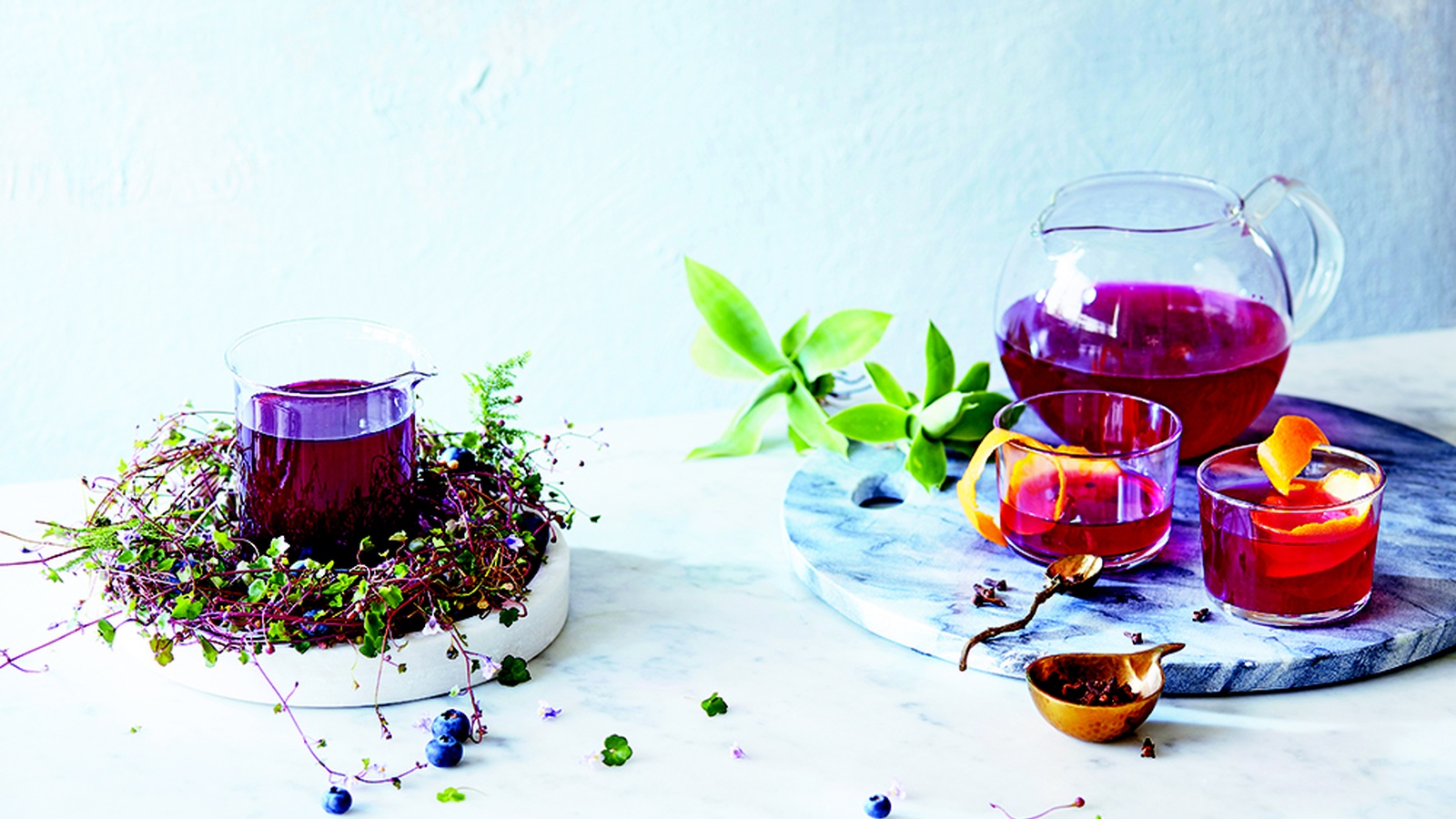Beet Kvass With Orange And Cloves
Cloves are a perfect match for the pungent and earthy beetroot. They have many medicinal benefits – they are anti-inflammatory and anti-fungal and can even be used to deter mold in the home. Cloves are actually the flower buds of an evergreen rainforest tree, Sygizium aromaticum, that is native to Indonesia. The buds start off pale in color, then turn from green to bright red at the time of picking. Taste your kvass and only add a second clove at bottling stage if you want more aroma. They’re only small, but they pack a lot of punch.
Preparation time:
15 minutes
Fermentation time:
5–8 days
Difficulty:
Easy
Shelf life:
Refrigerate for up to 2 months
Makes:
About 750 ml (26 fl oz/ 3 cups)
Ingredients
- 1 x basic beet kvass ingredients (see below)
- 1–2 cloves
- 1 drop edible pure orange essential oil or 2 thin strips orange zest
Method
Primary Fermentation
- Follow the instructions for basic beet kvass, adding 1 clove and 1 strip orange zest, if using, to the jar.
Bottling
- Follow the instructions for basic beet kvass.
Secondary Fermentation
- Taste the kvass and add the remaining clove, if needed, and a drop of orange oil or the remaining orange zest to the bottle.
- Tightly seal the bottle lid and leave the bottle on the bench to build carbonation. This could take 2–3 days, depending on the temperature.
- When the kvass is as fizzy as you like (beet kvass only produces a mild fizz), store it in the fridge to slow the fermentation process, and enjoy cold.
Basic Beet Kvass
Earthy and a little dirty, beetroot is a titan of the health food world that is seriously undervalued. It’s a crimson nugget packed with blood-cleansing antioxidants, minerals and vitamins. I love it! In my experience, there is no need to burp the kvass daily, as it’s not a highly effervescent ferment.
Preparation time:
15 minutes
Fermentation time: 5–8 days
Difficulty: Easy
Shelf life: Refrigerate for up to 2 months
Makes: About 750 ml (26 fl oz/3 cups)
Ingredients
- 2 medium or 1 large beetroot (beet), skin intact
- 1/2 tsp pure sea salt
- 750 ml (26 fl oz/3 cups) filtered water or springwater
Method
Primary fermentation
- Wash the beetroot and cut it into 1–2 cm (1/2–3/4 inch) pieces.
- Put the beetroot in a 1 litre (35 fl oz/4 cup) wide-mouth glass jar with a tight-fitting lid and add the salt.
- Pour in the filtered water, leaving a 2 cm (3/4 inch) gap between the liquid and the lid. Stir to dissolve the salt.
- Tightly seal the jar and place out of direct sunlight in a cool spot.
- Leave the liquid to ferment for 3–5 days, stirring or shaking daily.
- After around 3 days, taste the kvass. When it is as dark and sour as you like it, the kvass is ready to bottle.
Bottling
- Put a funnel in the opening of a 750 ml (26 fl oz/ 3 cup) glass bottle with a tight-fitting lid and put a strainer on top of the funnel. Pour the kvass into the bottle through the strainer. Discard the beetroot left in the strainer (see Tip).
Secondary fermentation
- Tightly seal the bottle lid and leave the bottle on the bench to build carbonation. This could take 2–3 days, depending on the temperature.
- When the kvass is as fizzy as you like (beet kvass only produces a mild fizz), store it in the fridge to slow the fermentation process, and enjoy cold.
TIP
Use the fermented beetroot in a salad or to make borscht, or roast and mash it with some ground cumin to make a probiotic dip.
Image and recipe from Probiotic Drinks At Home by Felicity Evans (Murdoch Books RRP $27.99)










